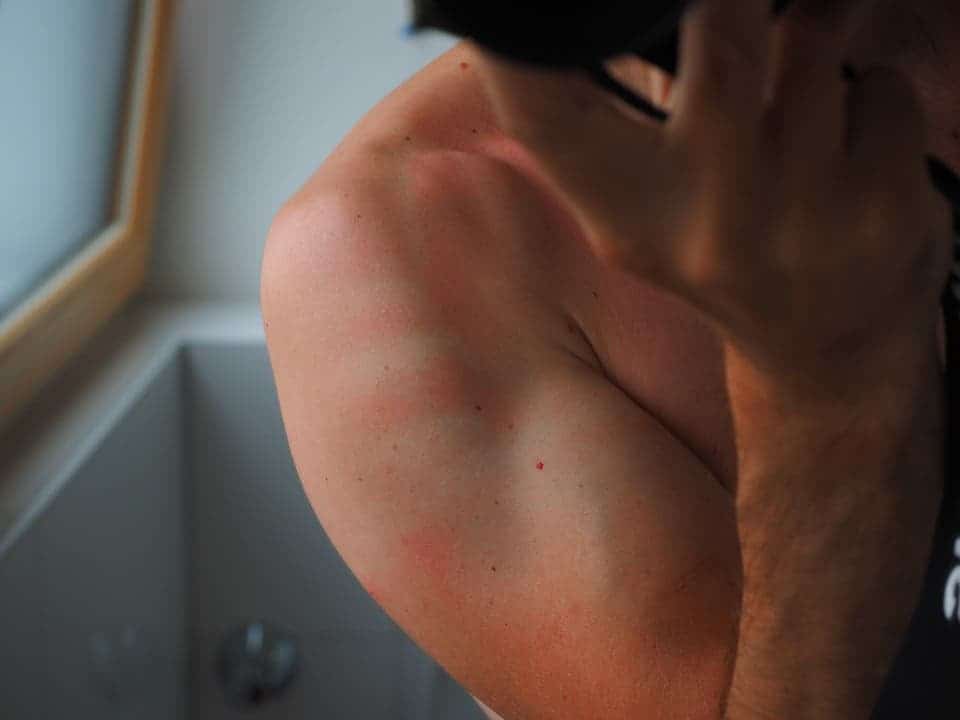White as milk but still thinking of going to the beach? Make sure to pack your sunscreen. But in the future, vitamin D supplements may be all you need — a double-blinded, placebo-controlled clinical trial showed that extremely high doses of this vitamin taken one hour after getting a sunburn ‘significantly’ reduce skin redness, swelling, and inflammation.
For the trial, performed at the Case Western Reserve University School of Medicine and University Hospitals Cleveland Medical Center, 20 participants were put under the UV lamp to get a small sunburn on their inner arm. They were randomized to receive either a placebo pill or a 50,000, 100,000, or 200,000 IU (international units) of vitamin D one hour after UV exposure, and sent back home. The team followed up on the participants 24, 48, 72 hours and 1 week after the experiment to see how the burns were faring, collect skin biopsies, and perform further tests.
Vitamin heal’D
Overall, vitamin D seems to have played a big part in helping the skin heal. Those participants who had received the largest dose showed the most pronounced and longest-lasting benefits, such as less skin inflammation and redness 48 hours after the burn. When measuring gene activity in the skin samples, the researchers found that participants with the highest levels of vitamin D in their bloodstream showed a jump in gene activity related to skin barrier repair.
“We found benefits from vitamin D were dose-dependent,” said Kurt Lu, MD, senior author on the study and Assistant Professor of Dermatology at Case Western Reserve University School of Medicine and University Hospitals Cleveland Medical Center.
“We hypothesize that vitamin D helps promote protective barriers in the skin by rapidly reducing inflammation. What we did not expect was that at a certain dose, vitamin D not only was capable of suppressing inflammation, it was also activating skin repair genes.”
Analysis of the skin samples showed that vitamin D increases levels of an anti-inflammatory enzyme in the skin called arginase-1. This compound is known to promote tissue repair and activate a host of other anti-inflammatory proteins. The team, however, notes that the doses involved in this trial were extremely high. The Food and Drug Administration’s recommended adult daily allowance for vitamin D is 400 IU, between a hundredth and a five-hundredth of the doses the team administered.
“I would not recommend at this moment that people start taking vitamin D after sunburn based on this study alone. But, the results are promising and worthy of further study,” Lu cautioned.
So in the meantime, make sure to pack adequate sunscreen.
The authors hope that their findings will help guide research towards the benefits vitamin D, as they believe “there is a lack of evidence demonstrating that intervention with vitamin D is capable of resolving acute inflammation” despite the fact that vitamin D deficiency is well studied. They’re planning on further expanding on their findings, in an effort to find new treatments for burn patients.
The paper “Oral vitamin D rapidly attenuates inflammation from sunburn: an interventional study” has been published in the Journal of Investigative Dermatology.










